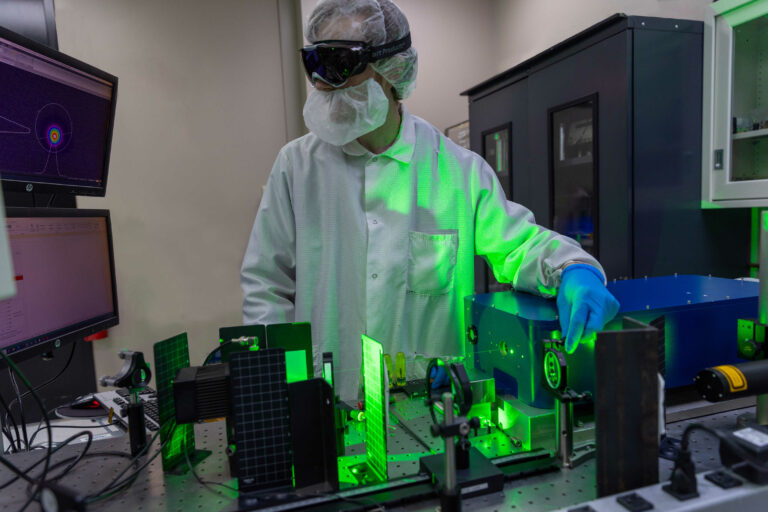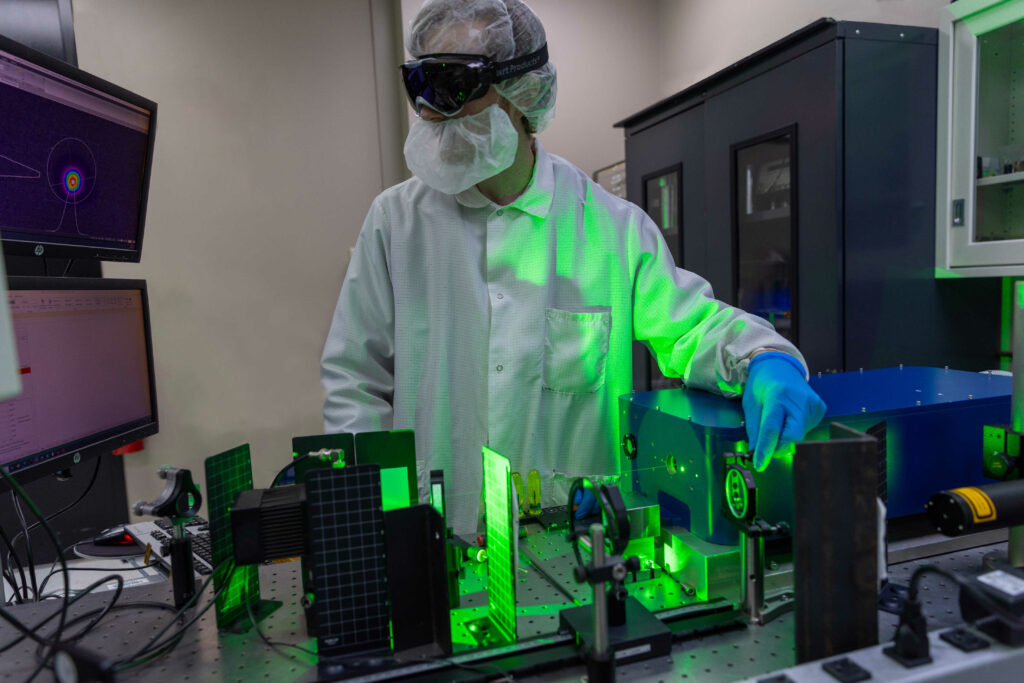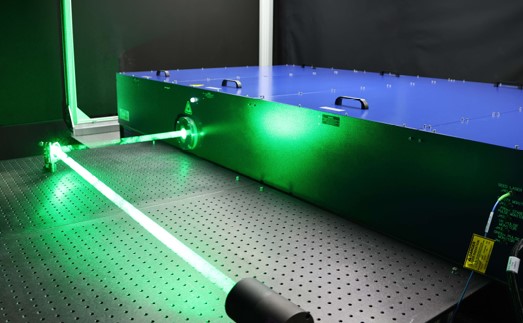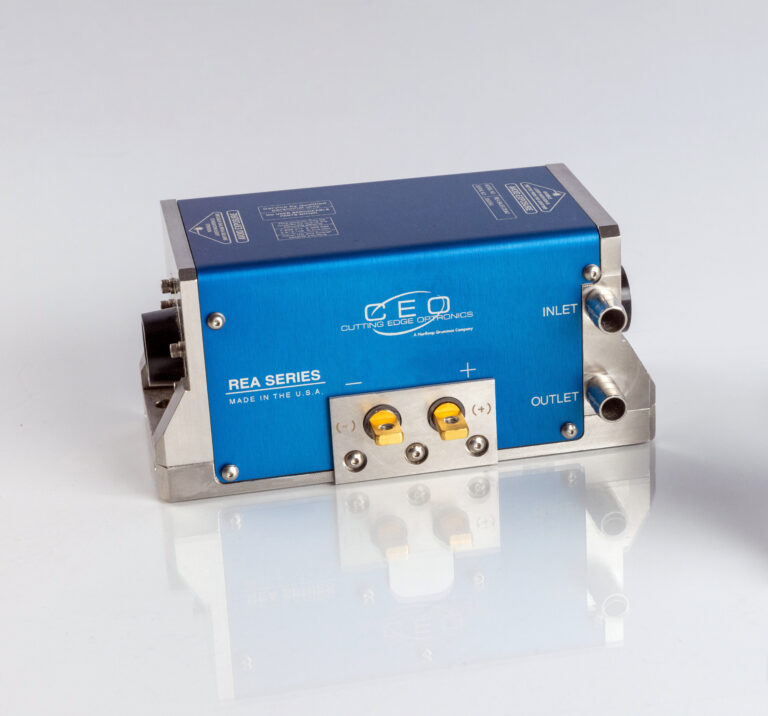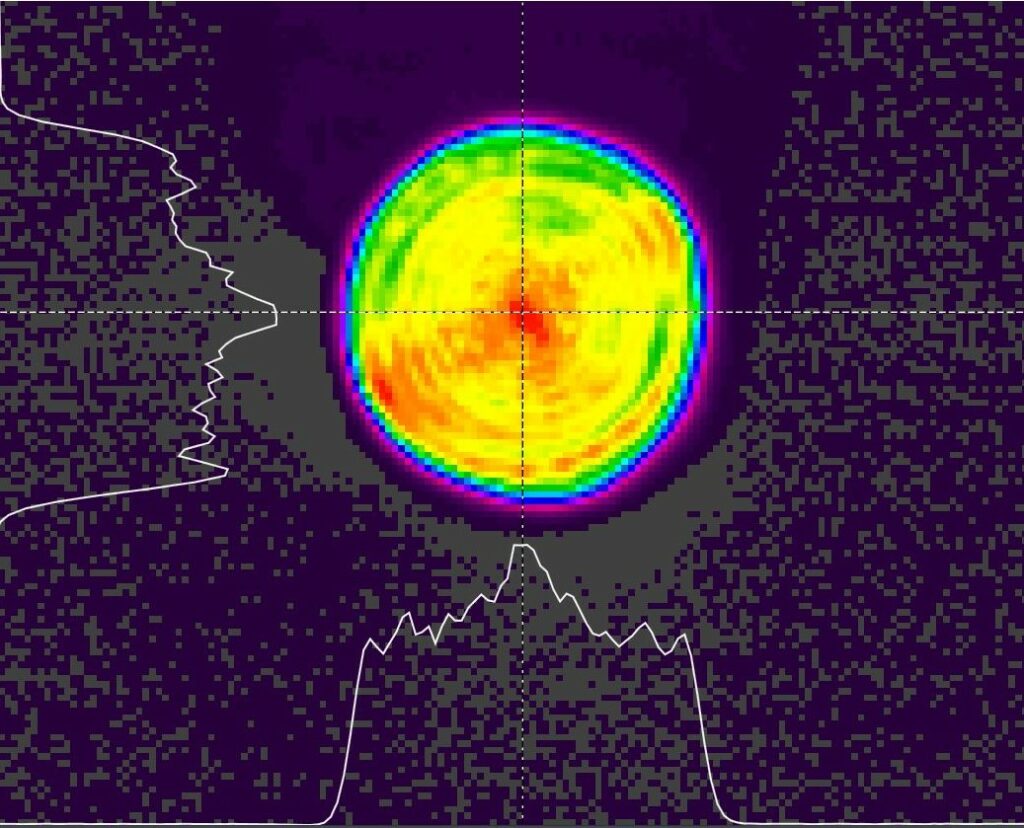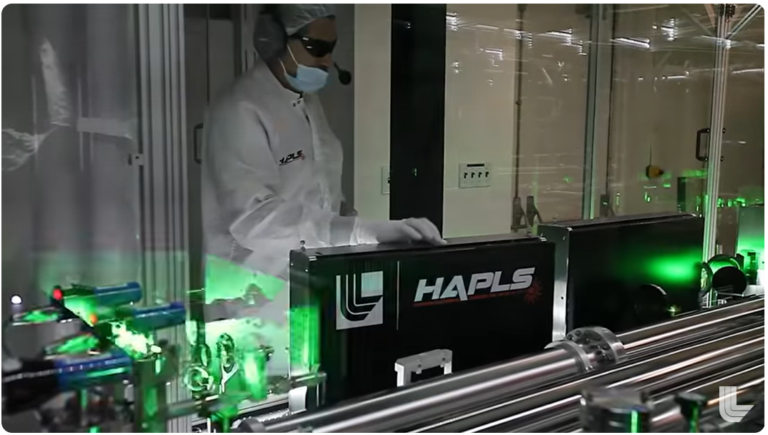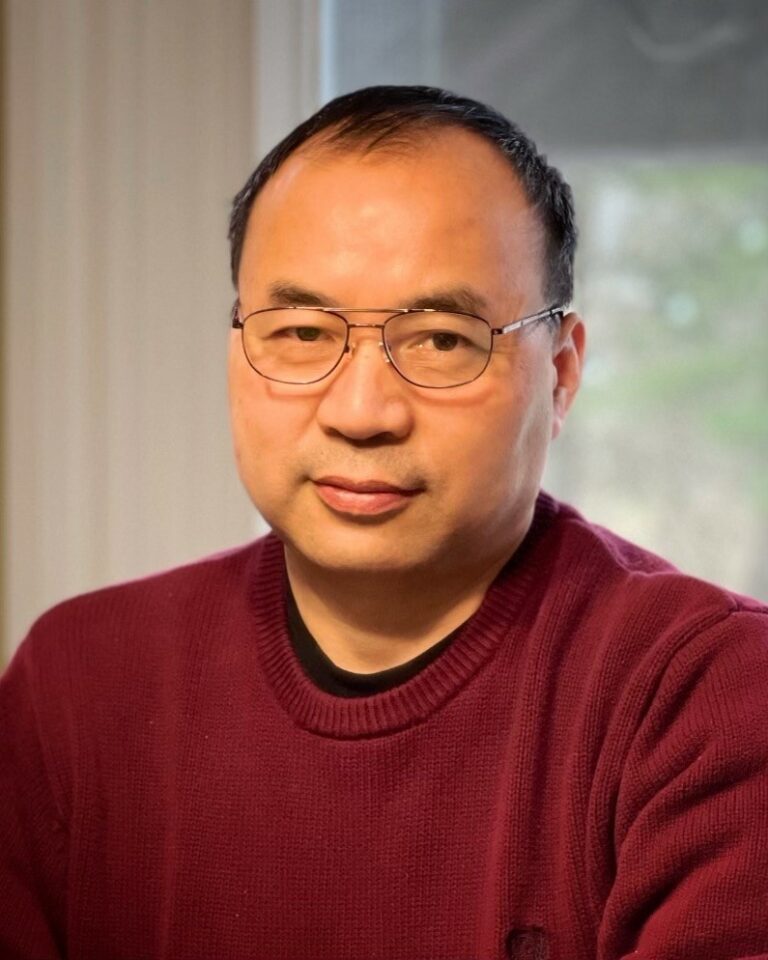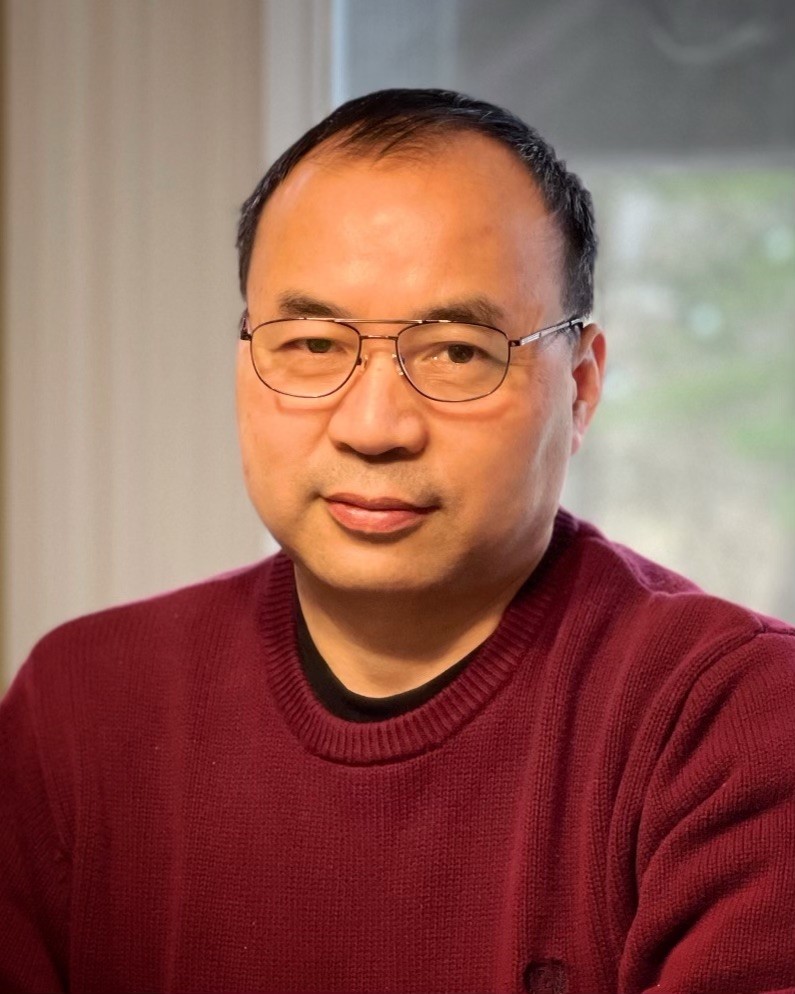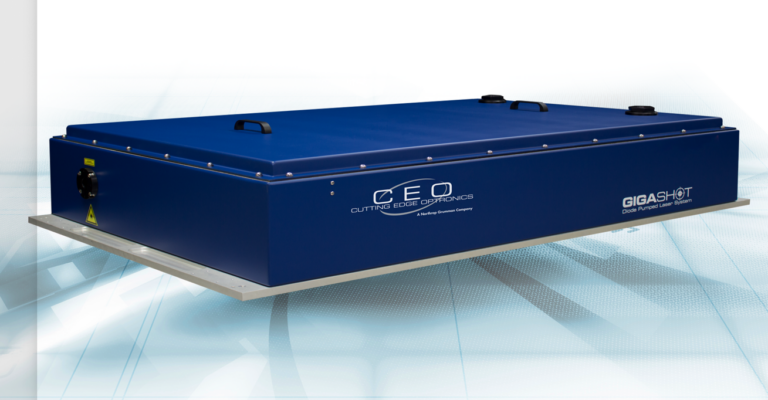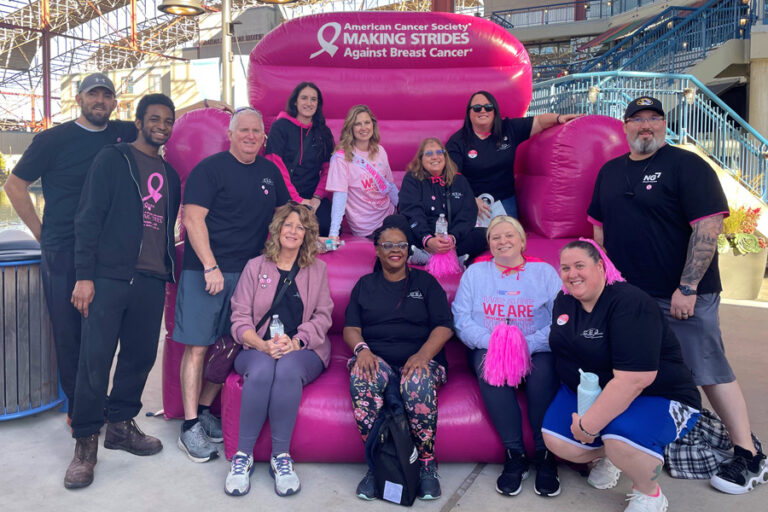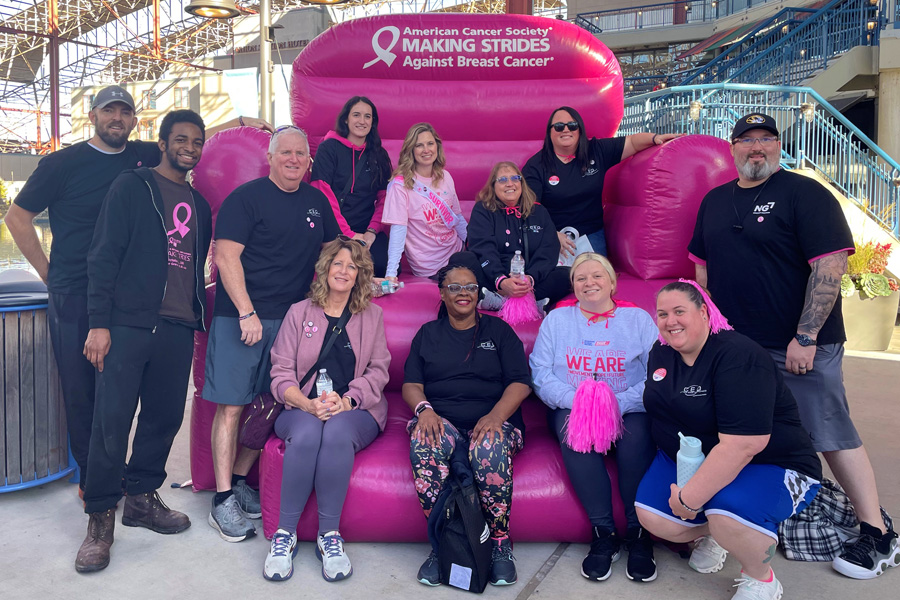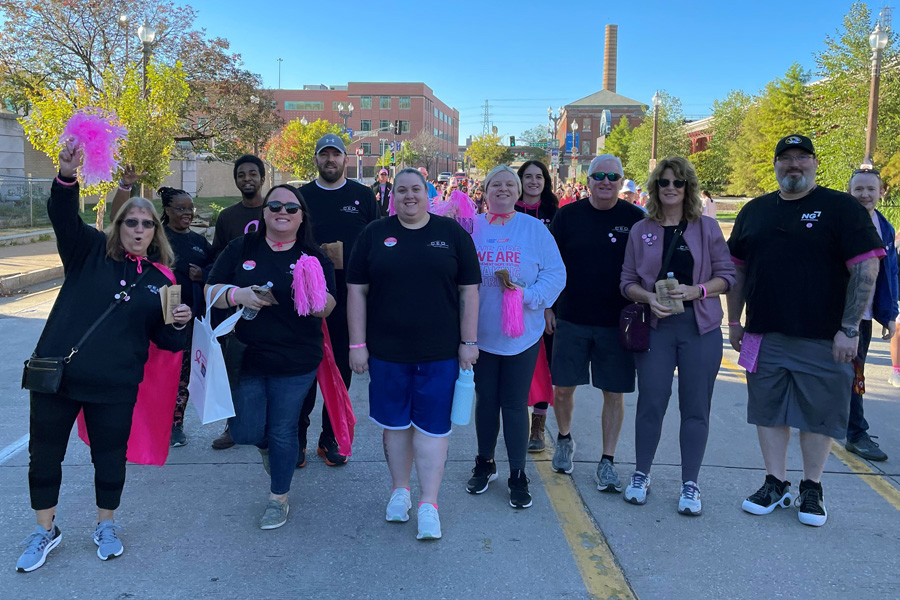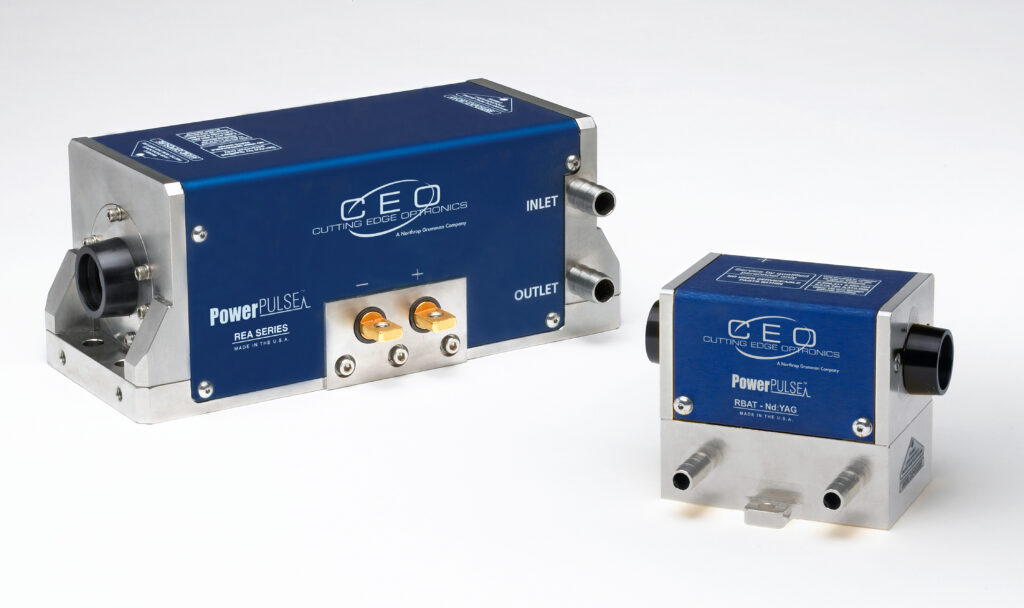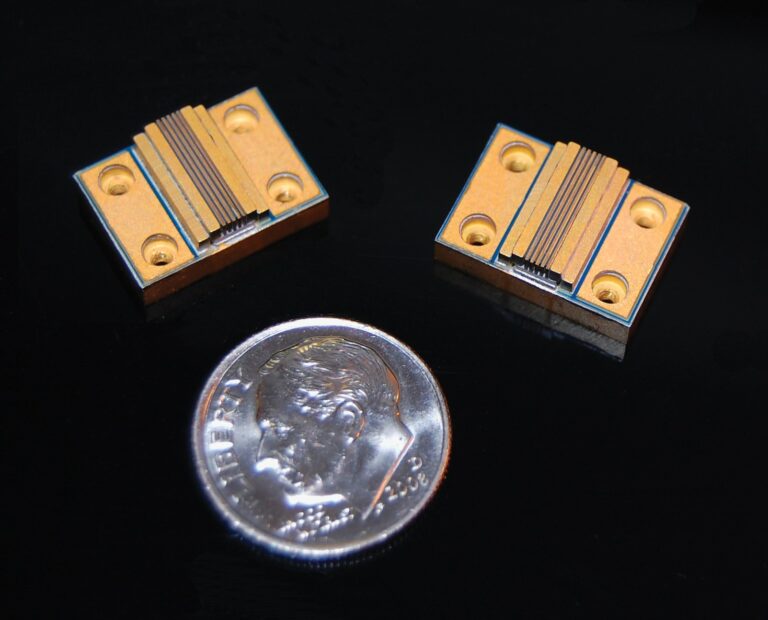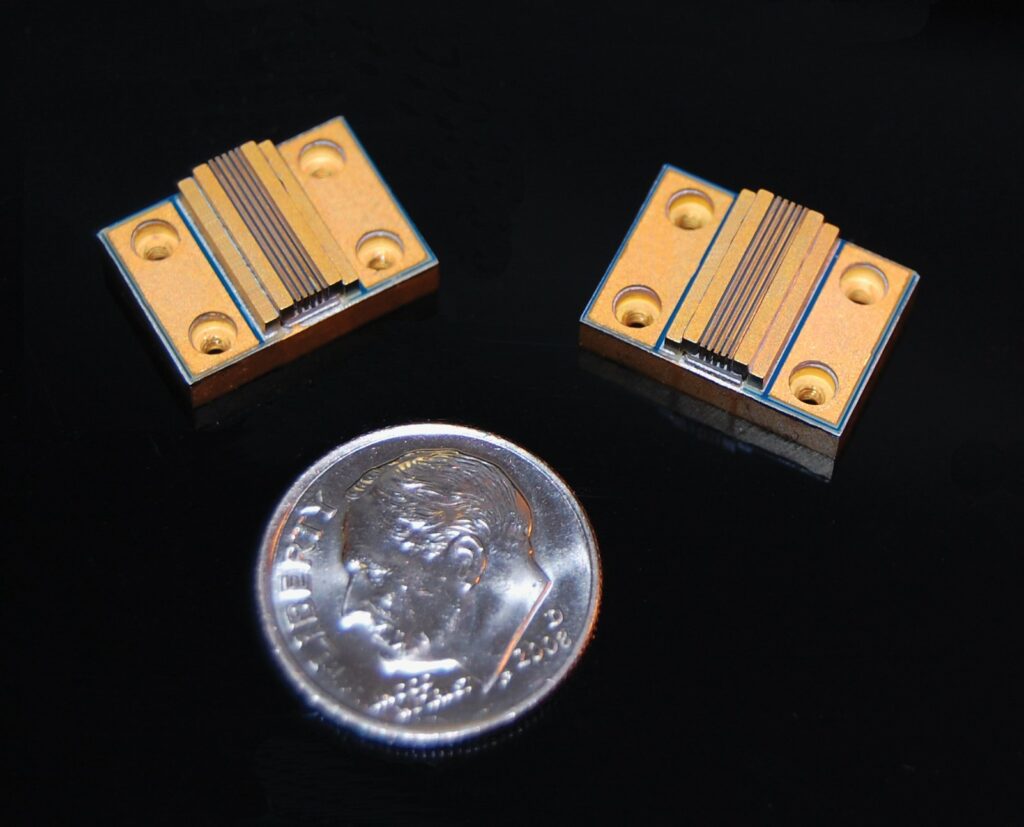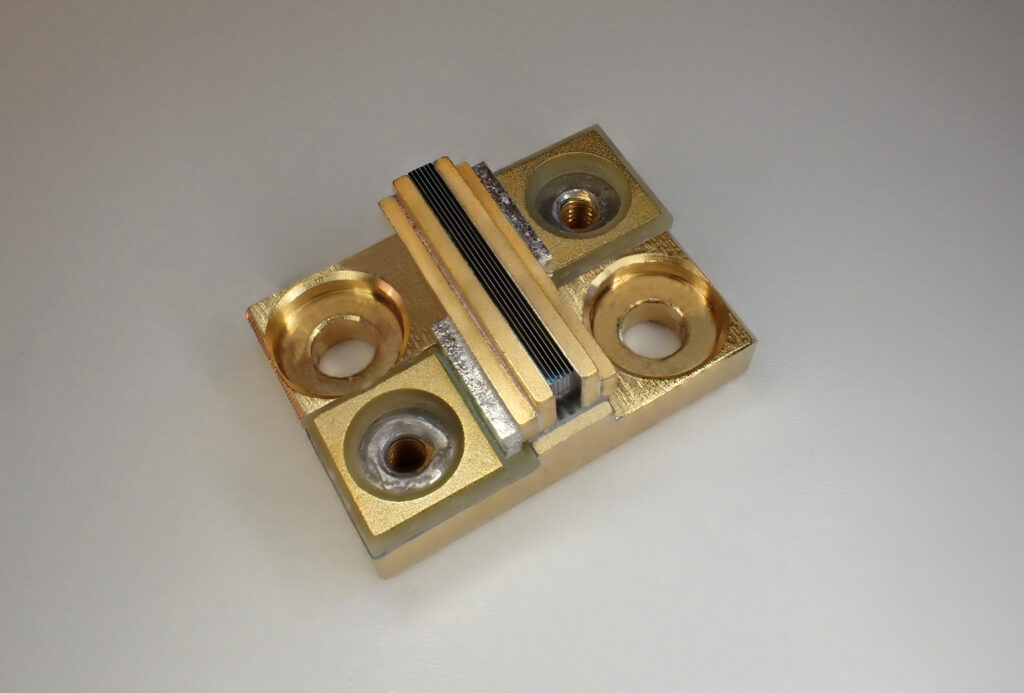In 2024, Cutting Edge Optronics discovered that relentless growth isn’t about playing it safe, it’s about making bold moves. The company set a new record in annual revenue, which has doubled over the past five years. With an employee count at > 115 and growing, the company had its best performance in its 30+ year history across all key metrics. Reaching this record is only the beginning. It reinforces the dedication to building a resilient, agile organization prepared for future challenges and opportunities.
“Our strong performance over the past several years has been an amazing process to be a part of,” said Scott Mize, CEO General Manager. “We are focused on robust, long term customer relationships, providing high quality innovative solutions and service tailored to our customers’ needs. We have the best team in the industry, making CEO the place we most want to work. Every employee knows that if our customers are successful, then CEO is successful.”
Not only has Cutting Edge Optronics achieved financial milestones, it has also built the most diversified customer base and market presence in its history, supplying both original manufacturers (OEMs) and end-users with cutting-edge laser solutions. By expanding into new markets and industries, the company has strengthened its position, ensuring long-term stability.
“We couldn’t have done any of this without our customers,” said Ryan Feeler, CTO /
Director of Business Development. “I am continually impressed with their innovative
spirit and have enjoyed watching many of their products grow and mature, with our diode
arrays and lasers as a driving force.”
As Cutting Edge Optronics moves forward, it remains focused on expanding its product offerings, enhancing manufacturing efficiency, and continuing to push boundaries in a variety of commercial, industrial, medical, and military/aerospace industries. The focus will be to set standards for innovation, growth, and customer engagement.
For information about employment opportunities at Cutting Edge Optronics, visit our careers website.
Approved for Public Release: NG25-0505. © 2025 Cutting Edge Optronics, Inc.


